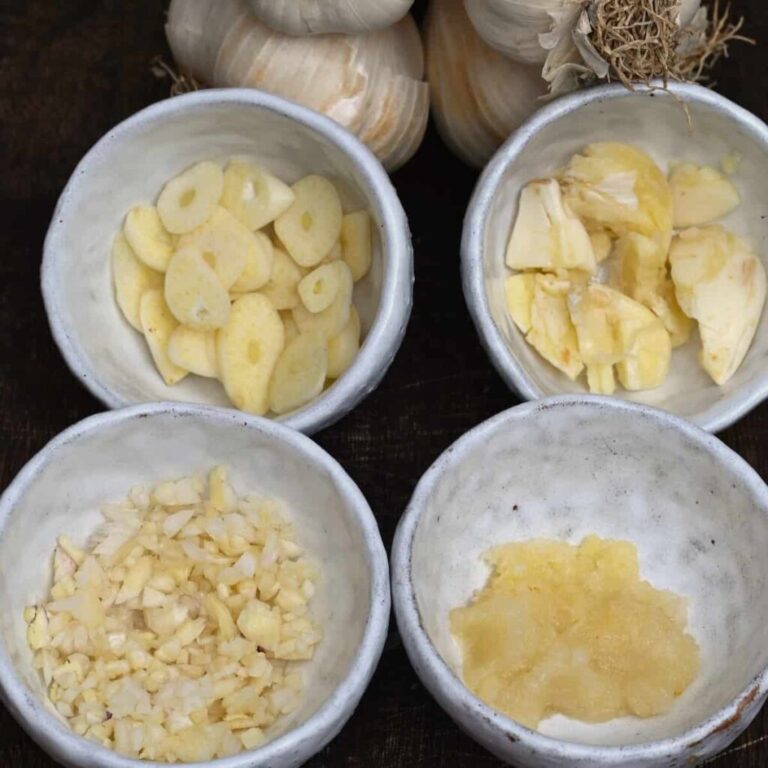Cinnamon tea, with its warm, spicy flavor, is not just a comforting beverage; it’s also packed with health benefits that can lead to significant changes in your body when consumed regularly. Here’s what just one cup a day can do for you:
1. Anti-Inflammatory Properties: Cinnamon is renowned for its anti-inflammatory effects. Regular consumption can help reduce inflammation throughout the body, which is beneficial in combating various chronic diseases, including arthritis and heart diseases.
2. Blood Sugar Regulation: Cinnamon has impressive abilities to help regulate blood sugar levels. Drinking cinnamon tea may assist those managing diabetes or looking to stabilize their blood sugar throughout the day, thereby preventing spikes and crashes.
3. Heart Health: This spice has a positive effect on heart health. It can help reduce high blood pressure and improve overall circulation. Additionally, cinnamon is known to lower bad cholesterol levels (LDL), further protecting against cardiovascular diseases.
4. Weight Loss Support: Cinnamon boosts metabolism, which can aid in weight loss efforts. It also helps in controlling appetite by slowing down the rate at which your stomach empties after meals, helping you feel fuller for longer.
5. Antioxidant Rich: Loaded with powerful antioxidants, cinnamon tea helps protect your body from oxidative damage caused by free radicals. This protection can lower the risk of cancer, diabetes, and heart disease.
6. Digestive Comfort: For those who suffer from bloating, indigestion, or cramps, cinnamon tea can be a soothing remedy. It is also known to help reduce the severity of nausea.
7. Cognitive Enhancement: Regular consumption of cinnamon tea might boost cognitive function and could reduce the risk of diseases like Alzheimer’s and dementia. The spice helps to stimulate the brain and improve cognitive speed.
Incorporating a cup of cinnamon tea into your daily routine is a simple yet effective way to tap into these benefits. Whether it’s first thing in the morning or as a relaxing evening ritual, this delightful beverage can support your health in numerous ways. Remember to consult with a healthcare provider if you have any existing health conditions or are pregnant, as cinnamon can be potent and might interact with certain medications.









